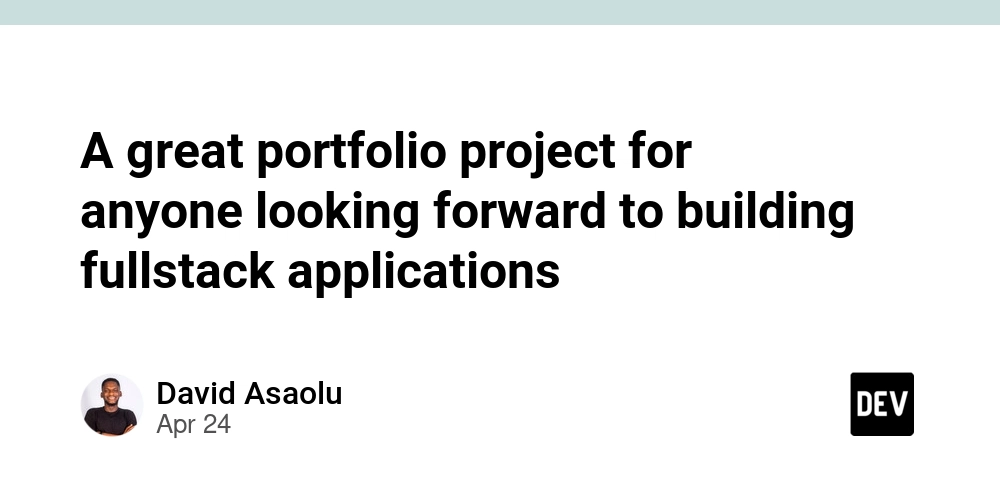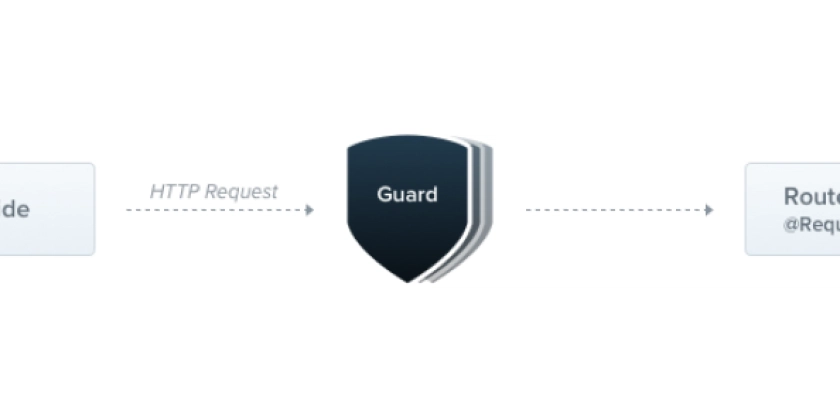
Build a Killer Portfolio: Showcase Your Skills and Land Your Dream Job
Looking to break into a new field or land a more challenging role? A strong portfolio is your secret weapon. Learn how to build a portfolio that highlights your best work and gets you noticed.
Why You Absolutely Need a Portfolio
- Demonstrates, Doesn't Just Tell: A portfolio proves you have the skills employers are looking for. Instead of simply listing competencies, you show them.
- Makes You Memorable: In a sea of resumes, a well-crafted portfolio helps you stand out. It's a tangible representation of your capabilities.
- Sparks Conversation: A portfolio gives you something concrete to discuss during interviews. It allows you to walk the interviewer through your thought process and highlight your accomplishments.
Define Your Niche and Target Audience
Before you start adding projects, think about your ideal job. Build a portfolio that speaks directly to that audience by showcasing relevant examples.
- What skills do they value? Focus on demonstrating those skills in your portfolio.
- What type of work are they doing? Align your projects with the problems your target audience is solving.
Choose the Right Platform to Publish Your Portfolio
Your portfolio needs to be easily accessible and visually appealing. Consider these options:
- Personal Website: Offers ultimate control and customization. Platforms like WordPress provide flexible templates.
- Online Portfolio Platforms: Behance, Dribbble, and GitHub are great for designers, developers, and other creative professionals looking to showcase their work.
- LinkedIn: Use LinkedIn's portfolio feature to integrate examples. This is ideal for showcasing your skills and experience in a professional context.
Curate Your Best Work and Showcase Your Relevant Experience
Remember, quality over quantity. Include only your strongest, most relevant works.
- Highlight diverse projects. Demonstrate a range of skills and problem-solving approaches.
- Focus on results. Quantify your achievements whenever possible.
- Add context. Briefly explain your role in each project, the challenges you faced, and the solutions you implemented.
Showcase Your Web Development Projects: A Special Note
If you're a web developer, your portfolio is your resume. Here are some ways to effectively showcase web development projects:
- Real-World Applications: Highlight projects that solve genuine problems (e.g., a website for a local business, a tool to automate a tedious task).
- Clean and Commented Code: Make your code accessible if possible (e.g., via GitHub).
- Working Demos: Ensure your projects are live and functional.
- Open Source Contributions: Contribute to popular open-source projects to show the ability to work in larger teams.
Portfolio Presentation Matters: Design and User Experience
Think like a user when designing your portfolio.
- Easy to Navigate: Make it easy for visitors to find what they're looking for.
- Visually Appealing: Use a clean, modern design that reflects your personal style.
- Mobile-Friendly: Ensure your portfolio looks great on all devices.
Gather Feedback and Iterate.
- Show your portfolio to friends, mentors, and peers. Get their honest opinions, and use that feedback to improve.
- Continually add new projects and update your portfolio as your skills evolve.



















